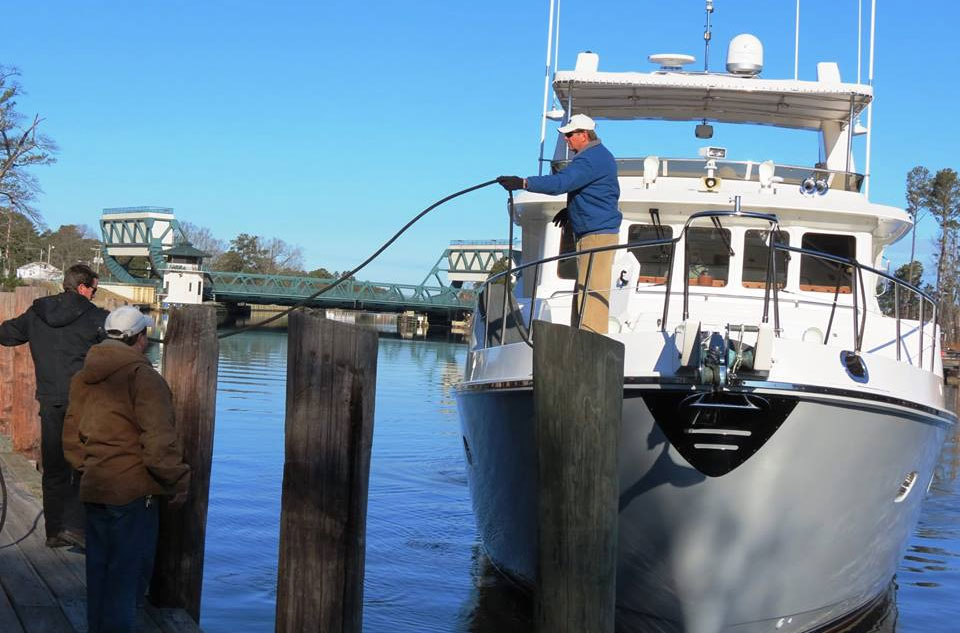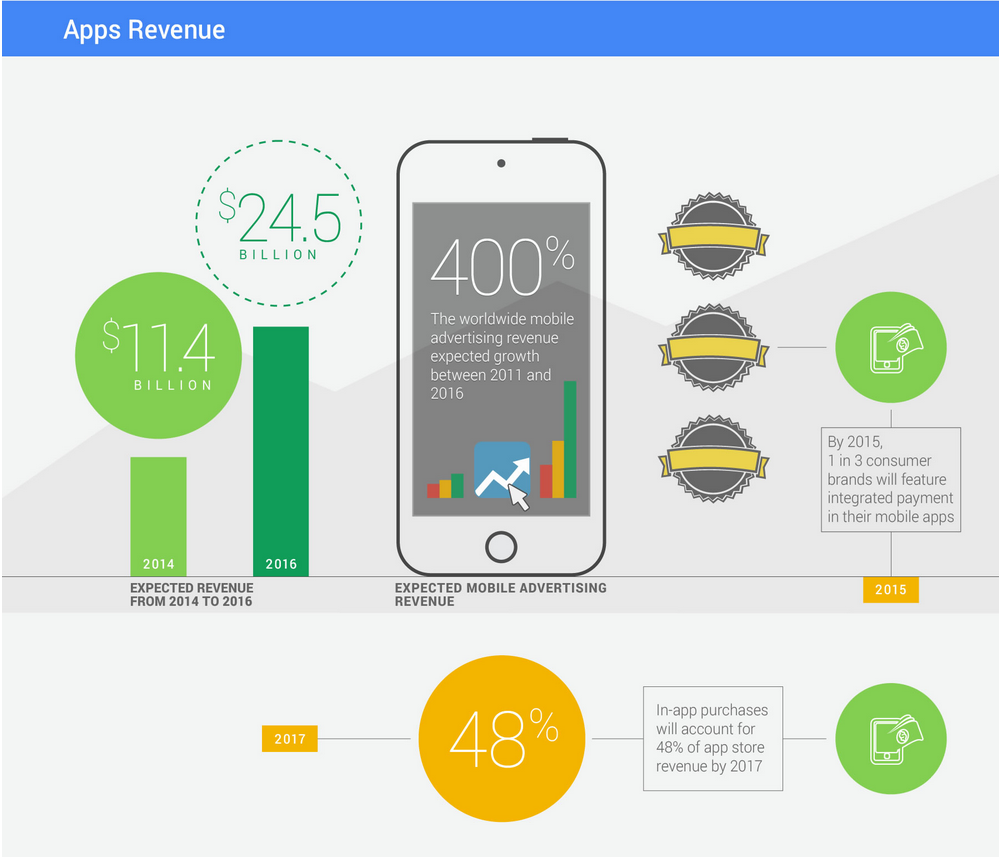
 As UberBOAT enters the boating market, marine marketers should look to Uber’s marketing tactics.
As UberBOAT enters the boating market, marine marketers should look to Uber’s marketing tactics.
Uber has taken the world by storm. It started as a luxury car service and has a value of $40 billion after a mere six years. Uber offers services across 50 countries, including India, which makes up its second largest market outside of the U.S..
The company uses a unique business model that provides positive employee and customer experiences, and makes their brand stand out. Yet, the highly touted service isn’t immune from controversy. Cities, taxi drivers, and even countries have objected to Uber business practices, citing them as illegal, unfair, and dangerous. In spite of these accusations, Uber has remained successful and has recently applied their business model to the boating industry.
In early 2015, Uber introduced a water taxi service to a handful of cities, including Istanbul, Sydney, San Francisco, and Boston. UberBOAT, Uber’s new water taxi service, works with local marine transportation companies. Fares are determined similarly to their main Uber service. Uber promises convenience, speed, comfort, and the option to split the bill, just like their ride service. UberBOAT has the potential to add to the positive economic and employment impacts the boating industry already has on communities.
How successful will UberBOAT be? Who knows? But if it is anything like when they first started, it will be wildly successful.
Uber Marketing Tactics
Uber mastered the art of marketing early on. The company has a knack for appealing to customers through inherent needs of the service, promotions, ease of service, and its infamous stunt marketing tactics.
Uber’s popularity among consumers also solves the problems and criticisms the company receives. Several times, in cities around the world, people have advocated for Uber and protested when governments prevented Uber services from being available. Companies everywhere should take heed of Uber’s marketing tactics.
The following are some of the things the marine industry can learn from Uber.
Stunt Marketing Works When Done Right
All too often, marketers try one tactic, such as stunt marketing, it fails, and they never use it again. Stunt marketing, or publicity stunts, attract media attention and spark interest.
For example, on October 29th, 2013, Uber ran a National Cat Day promotion with meme and entertainment juggernaut Cheezburger. For $20, participants could enjoy cupcakes and snuggle kittens for 15 minutes. All profits would be donated to local animal shelters. The campaign was so successful, the promotion was ran again in 2014. One of the successes (in Cheezburger’s eyes) was that kittens were being adopted at a high rate. Uber knew what people valued (aka cats and kittens) and intertwined them with their services to get positive publicity and a jump in demand.

Mobile Has Been and Remains King
People today are in a rush and technology is reflective of that. Uber was born out of the need for consumers to get a quick, cheap, and easy to hail ride. Using the Uber app, customers can get connected with a driver in minutes from their mobile devices.
Marketers are constantly hit over the head time and time again with the idea that mobile marketing is of the utmost important. The company’s success shows how useful mobile can be for growing a business. As of July 14th, the app is also the most downloaded transportation app and ranks in the top 25 ranking apps, above Twitter, Google, and Amazon. Uber can expect more gains from its app. The expected revenue of apps is expected to more than double from 2014 to 2016, as seen in the snippet below.

Customer Reviews Can and Should Be Used
No matter the industry, customer reviews can either sink companies or keep them afloat. BrightLocal’s Local Consumer Review Survey showed that 88% of consumers trust online reviews as much as personal recommendations.
Uber leverages real life situations to improve customer reviews and word of mouth recommendations. The ease and benefits of the service often turn customers into brand advocates. Additionally, passengers rate their drivers. Uber requires drivers to keep a 4.6 rating to keep providing rides. In many ways, this incentive encourages great customer service. With great customer service, word of mouth increases.
Uber’s launch targeted individuals in San Francisco, which has a large tech community (known for wanting new and improved products and services). Coupled with San Francisco’s incompetent taxi services, Uber had the perfect situation. Early adopters of Uber flooded the internet, social media, and used any other way they could to tell and impress their friends.
These are just some of the marketing tools Uber has used to grow and reach its customers. With such a giant entering the boating industry, the marine industry can look to some of Uber’s tactics to improve their own now.
Dani Barnack
Latest posts by Dani Barnack (see all)
- Uber’s Impacts on the Boating Industry - July 15, 2015
- The Case for Traditional Media in Marine Marketing - June 16, 2015
